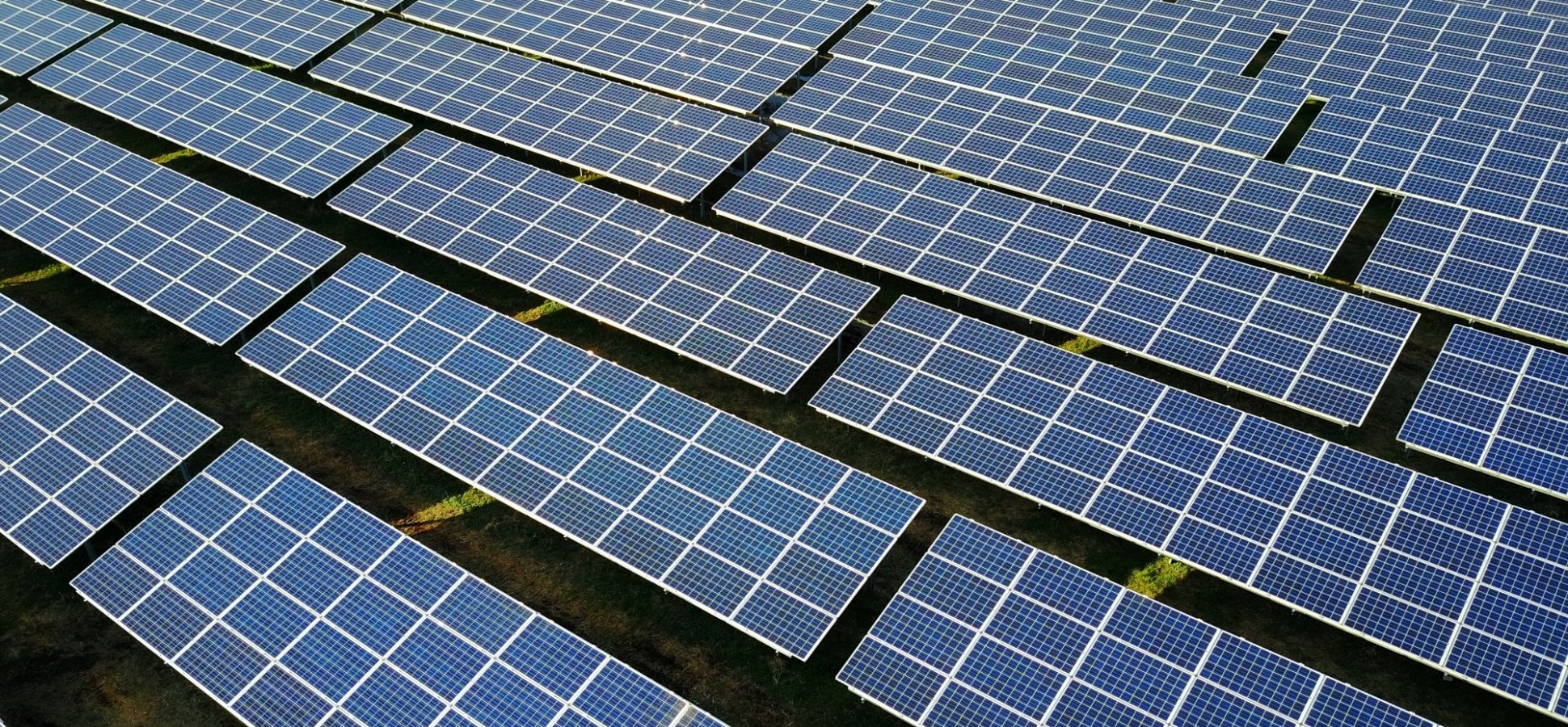Tariffs Are Killing the Once-Flourishing Solar Industry, According to a New Report

After years of impressive growth, the U.S. solar industry continues to shrink under President Trump.
The Solar Foundation on Tuesday released the National Solar Jobs Census, its annual report on the industry. For the second straight year, the findings were discouraging.
According to the organization’s research, the U.S. solar industry lost nearly 8,000 jobs in 2018, finishing the year at 242,343 jobs in total. That amounts to a 3.2 percent loss from the previous year. The industry shrunk by 3.8 percent in 2017.
Before 2017, the solar industry had grown each year since the Solar Foundation began publishing its annual report in 2010. Its work force nearly tripled in size from about 93,500 to 260,000 between 2010 and 2016.
The foundation, a nonprofit that’s funded in part by the U.S. Department of Energy and describes itself as a “nonpartisan organization dedicated to advancing the use of solar and solar-compatible technologies worldwide,” cited the newly imposed tariffs on imported panels as a factor in the industry’s slowdown. In January 2018, the Trump administration announced a 30 percent tariff on panels imported from several Asian countries including China and South Korea.
Shelley Cohen co-founded Alpha Solar Group, a Washington, D.C.-based consultancy that helps develop and finance solar projects, in 2015. Last year, the CEO decided to pause her business in the wake of the new tariffs.
“[They] made it difficult for small businesses like mine to survive,” Cohen says. “I wouldn’t get paid until my projects got built. I’m still honoring some remaining contracts, but have pretty much put the business on hold.”
The solar industry had anticipated that the tariffs were coming for several months before their announcement last January. Many solar projects, especially large-scale ones, that had been planned for 2018 were pushed back due to the uncertainty about the impending tariffs. According to the report, 39 percent of all new solar installations in 2018’s third quarter were utility scale, the lowest that figure has been for any quarter in more than six years.
State-level policies have also played a role the industry’s downturn. While 29 states saw an increase in solar jobs, California–a state responsible for about one-third of the country’s total solar output–lost more than 9,000 jobs on its own. California’s industry had expanded quickly in recent years as it tried to meet aggressive state-wide solar energy goals, but many of those milestones have now been met. The state did pass a new set of goals in September 2018–including a commitment to 100 percent carbon-free energy by 2045–that are expected to jumpstart the industry yet again.
Respondents to the foundation’s survey were optimistic about 2019, predicting 7 percent growth for the industry. Still, last year’s survey predicted 5 percent growth in 2018, and the industry shrank instead.
The contraction of the U.S. solar industry comes at a time when scientists around the globe are calling for an immediate reduction in carbon emissions. An October report from the Intergovernmental Panel on Climate Change called for massive worldwide efforts to prevent the global temperature from rising 1.5 degrees Celsius, at which point the effects of climate change are devastating and, in many cases, irreversible. After three consecutive years of cutting its carbon emissions, the U.S. increased emissions by 2.5 percent in 2018.
Solar energy accounted for just 2.4 of all energy consumption in the U.S. in 2018. In its report, the Solar Foundation predicted that more new energy would come from solar installations (30 percent) than from natural gas (27 percent) in 2019.
The cost of solar panels has dropped dramatically in recent years, which had been a major reason for the industry’s rapid growth. Between 2010 and 2018, average solar installation costs declined by 57 percent for residential systems, 74 percent for commercial systems, and 76 percent for utility-scale projects.
